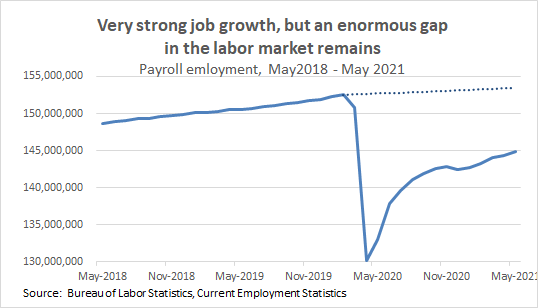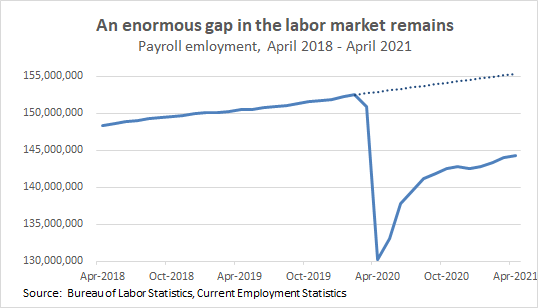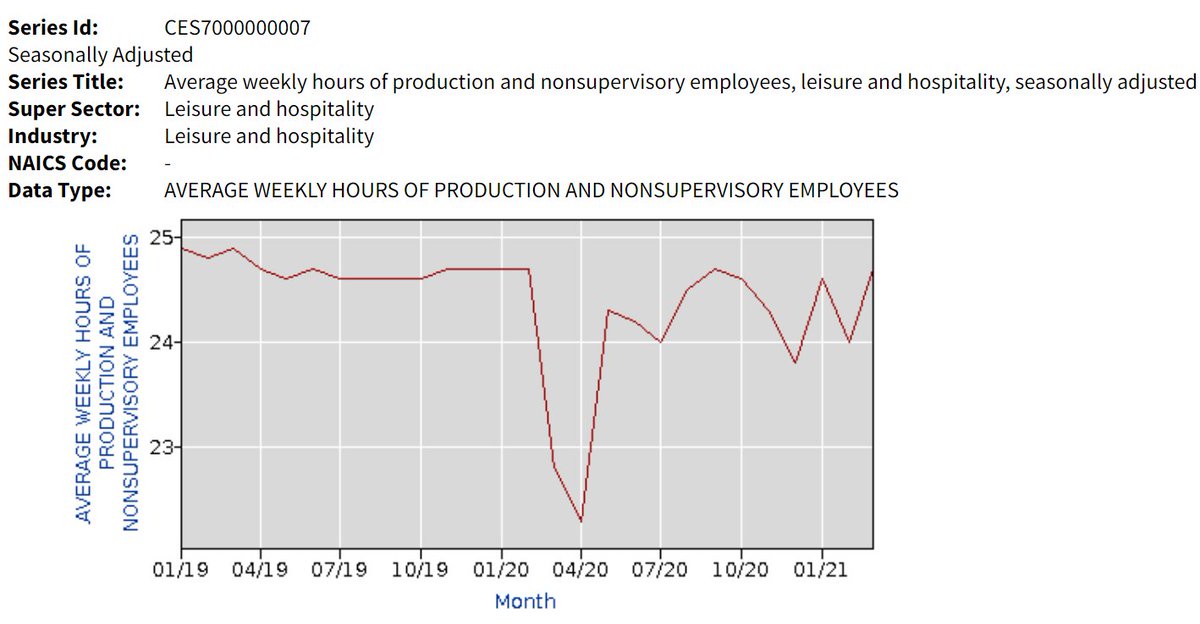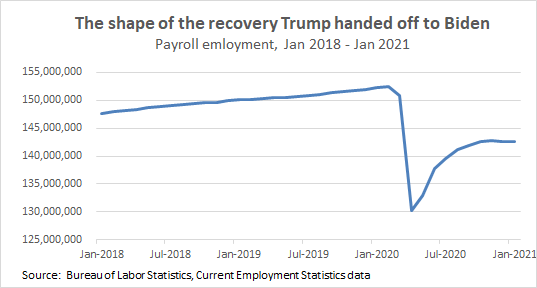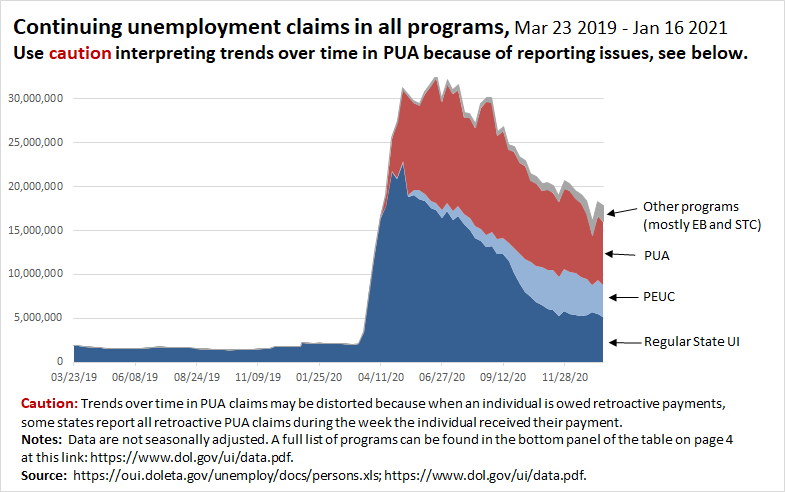
Have moved to @hshierholz.bsky.social.
President, @EconomicPolicy. Board member, @EPIaction. Former Chief Economist, @USDOL. Tweets my own. She/her.
2 subscribers
How to get URL link on X (Twitter) App








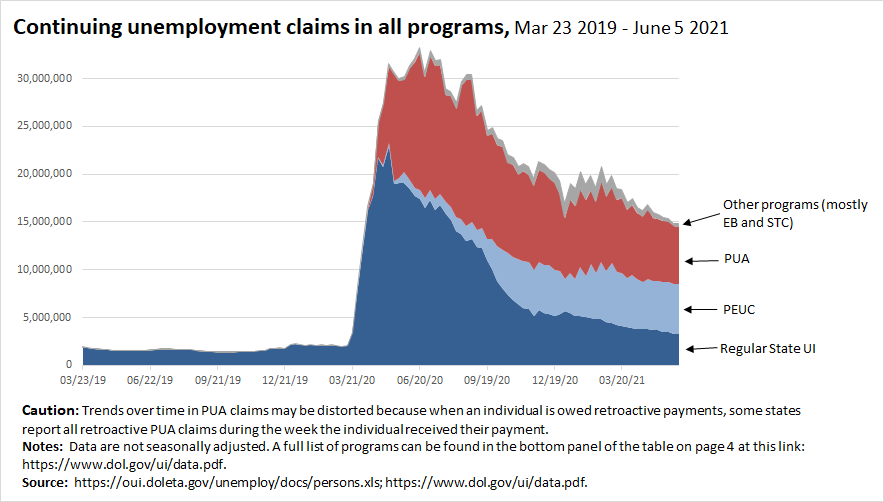
 Total continuing claims held steady in the latest data but are generally steadily declining—the 4-wk moving average declined by 280,000 and has come down by 4.4 million in just the last three months. However, it’s still roughly 13.5 million above where it was before COVID. 2/
Total continuing claims held steady in the latest data but are generally steadily declining—the 4-wk moving average declined by 280,000 and has come down by 4.4 million in just the last three months. However, it’s still roughly 13.5 million above where it was before COVID. 2/
